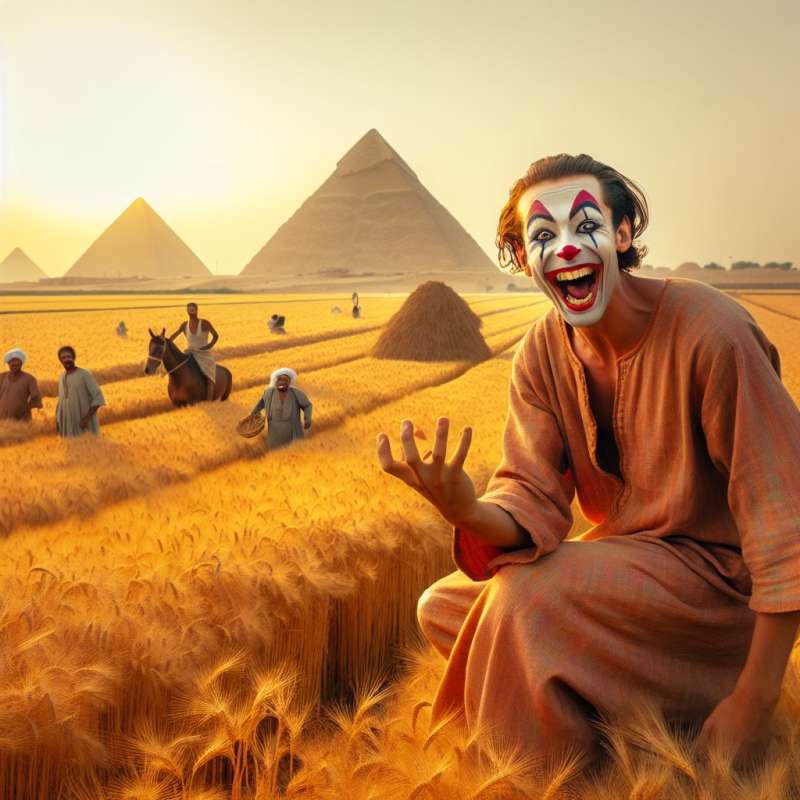
Origins of Clowning
Clowning dates back to ancient civilizations, such as Egypt around 2400 BCE. These early clowns served roles in religious ceremonies and were thought to invoke fertility and harvest blessings.
Clowns in Imperial Courts
During imperial times, clowns had roles in royal courts as jesters. They used humor and satire to entertain monarchs and courtiers, often enjoying a special status where they could speak freely.
Commedia dell'Arte Impact
The Italian Commedia dell'Arte introduced stock clown characters in the 16th century. Harlequin and Pierrot are iconic examples, influencing modern clowns with their distinctive makeup and costumes.
Circus Clown Evolution
In the 19th century, the circus clown emerged. Joseph Grimaldi popularized the modern clown image; a tragic figure behind the painted smile, bringing depth to the clown persona.
Clowns in Popular Culture
Mid-20th century saw clowns in television, like Bozo the Clown. Meanwhile, the horror genre repurposed clowns as menacing figures, contrasting their traditional comedic role.
Clowns Fighting Dystopia
In oppressive regimes, clowns have been symbols of defiance. They mock authority through satire, providing commentary on political and social issues under the guise of humor.
Modern Clowning Therapy
Today, therapeutic clowns in hospitals aid in healing and emotional relief. They assist not only children but also adults, proving that clowning is more than entertainment; it's a form of care.
What did early clowns invoke?
Humor in royal courts
Fertility and harvest blessings
Fear in horror genre
Company